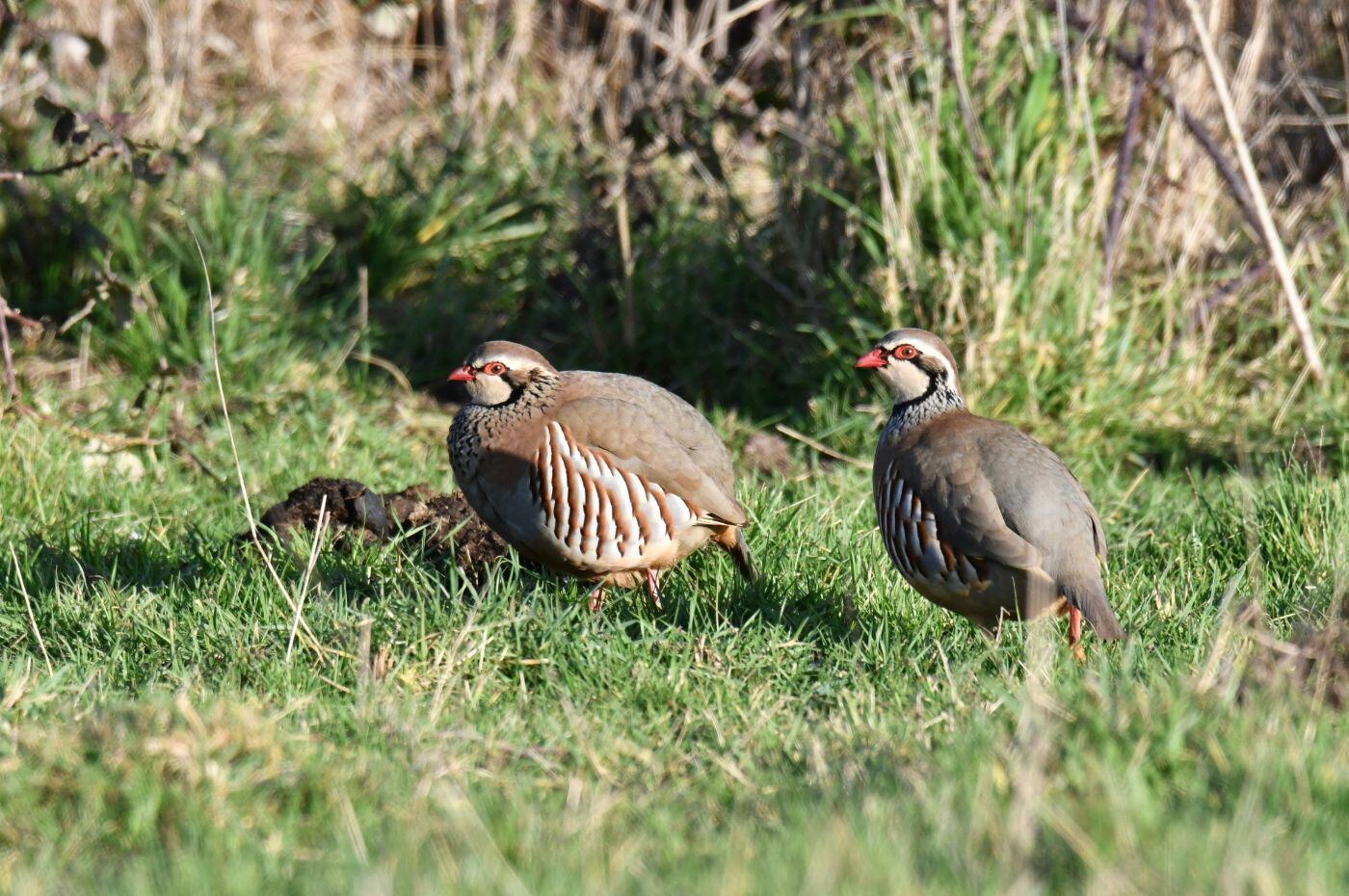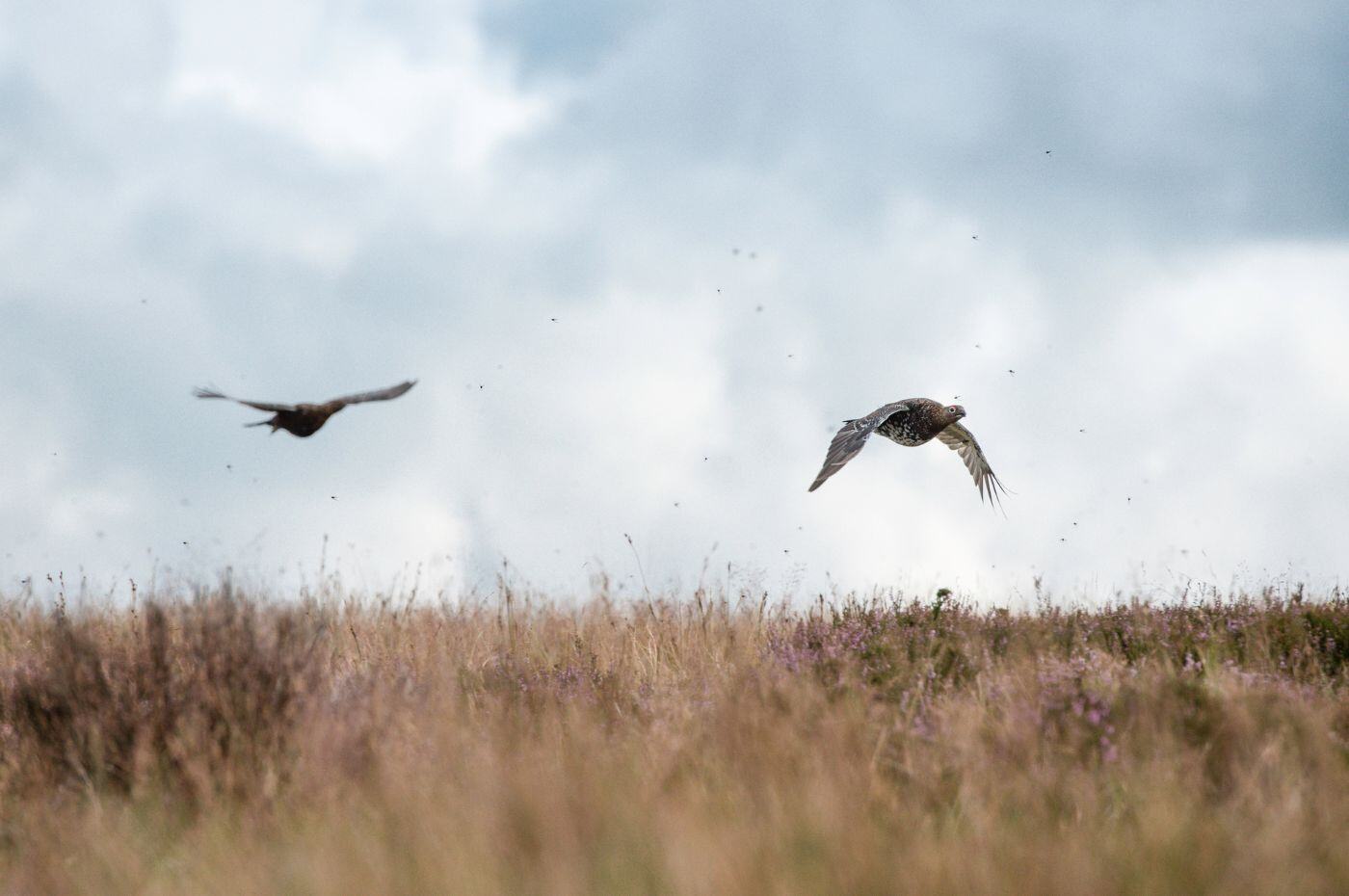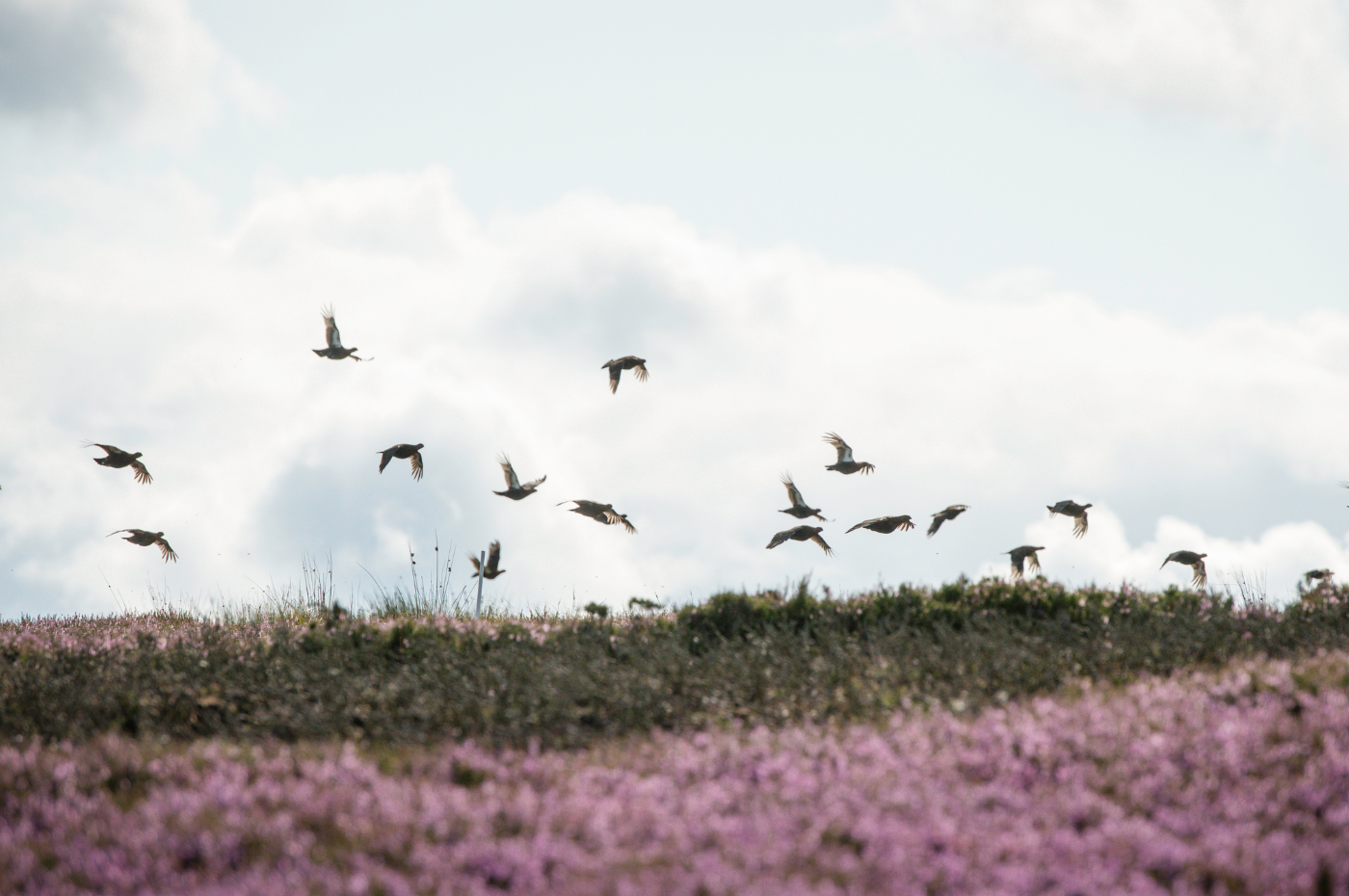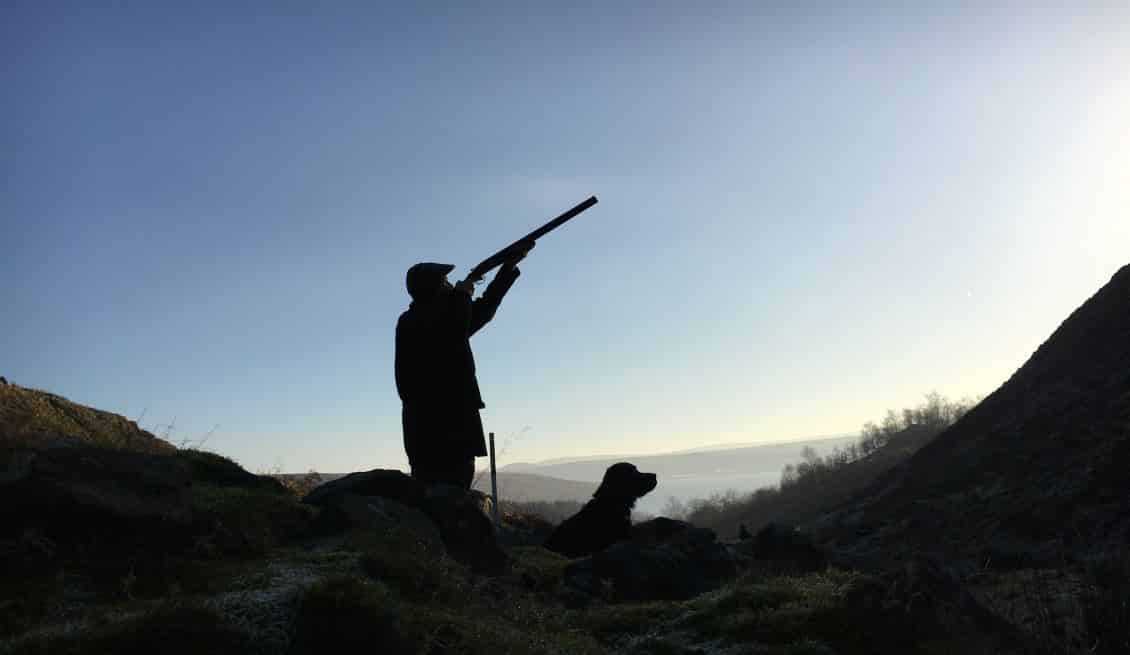Grouse shooting safe
Threats to shooting are coming thick and fast, but we are on the front foot,...
View Details
The French (or red-legged) partridge appears in most kitchens in the United Kingdom, although perhaps in an unnoticed and unexpected manner. The next time you season your shepherd’s pie or mix a Bloody Mary after a day’s shooting, take a closer look at the bottle of Worcestershire sauce in your hand: you’ll spot the portrait of a French partridge in pride of place in the lower left corner of the label, alongside Mr Lea, Mr Perrins and a rabbit.
We are just a few days away from the start of the partridge season and game larders up and down the country will soon be replete with French partridge. This has been the case since a time when newspapers were reporting events like the discovery of Australia by Captain Cook and the acts of tea-jettisoning reactionaries in Boston.
Partridges, both French and English, have been an important source of nourishment, and indeed vigour, for centuries, both in England and abroad. Perhaps lost in the popular memory is the role of partridge as an aphrodisiac, which might be useful to note to those trying to justify their shooting habits to their spouse. The Arabians particularly lauded partridge meat for its amatory stimulation. Closer to home, the English herbalist Nicholas Culpeper also recommends partridge as an aphrodisiac for both sexes in his 1651 Directory for Midwives. His theory being that if one enjoyed hunting that animal, its meat would have the aforementioned effect once eaten on both man and wife.
Medieval recipes from the Near East suggest a plethora of other uses for partridge and even recommend cooking it with nuts, herbs and saffron for women trying to lose weight. If you want to look it up, it’s called zirbaja, alternatively take at look at the Eat Wild website.
Irrespective of these proposed effects, partridge remains a delicious and healthy food, and the management of habitat for its benefit, also benefits a huge number of other species of flora and fauna. Quite simply, the British countryside would be worse off if we stopped shooting French partridge.
A major part of the debate around game shooting concerns the release of these birds, with some anti groups claiming they should be treated as non-native and invasive. The question of nativeness is a curious one, where does one draw the line? Red squirrels and curlew have been in Britain since the last ice age, pheasants and brown hares since Roman times, fallow deer and rabbits came with the Normans, and French partridge since the 1770s. The earliest are treated as truly indigenous species, some are treated as honorary ‘indigenous’ species, and yet the pheasant and French partridge are both vilified by many anti groups. Is this borne of logic or of prejudice? I will leave you to decide.
One thing must be stressed at this point, and it underpins several of the Countryside Alliance’s core campaigns - French partridge and pheasant shooting play a hugely significant role in the rural economy, in the conservation of many of our rarest species and in our rural communities. The Alliance is making every effort to secure the long-term sustainability of game shooting, and ensure that we can continue to release French partridge and pheasant, in line with best practice guidance, for the benefit of all.

Threats to shooting are coming thick and fast, but we are on the front foot,...
View Details
"Moorland management has survived two world wars and commercial forestry, but...
View Details
The Prime Minister’s recent reshuffle of his government will have significant...
View Details